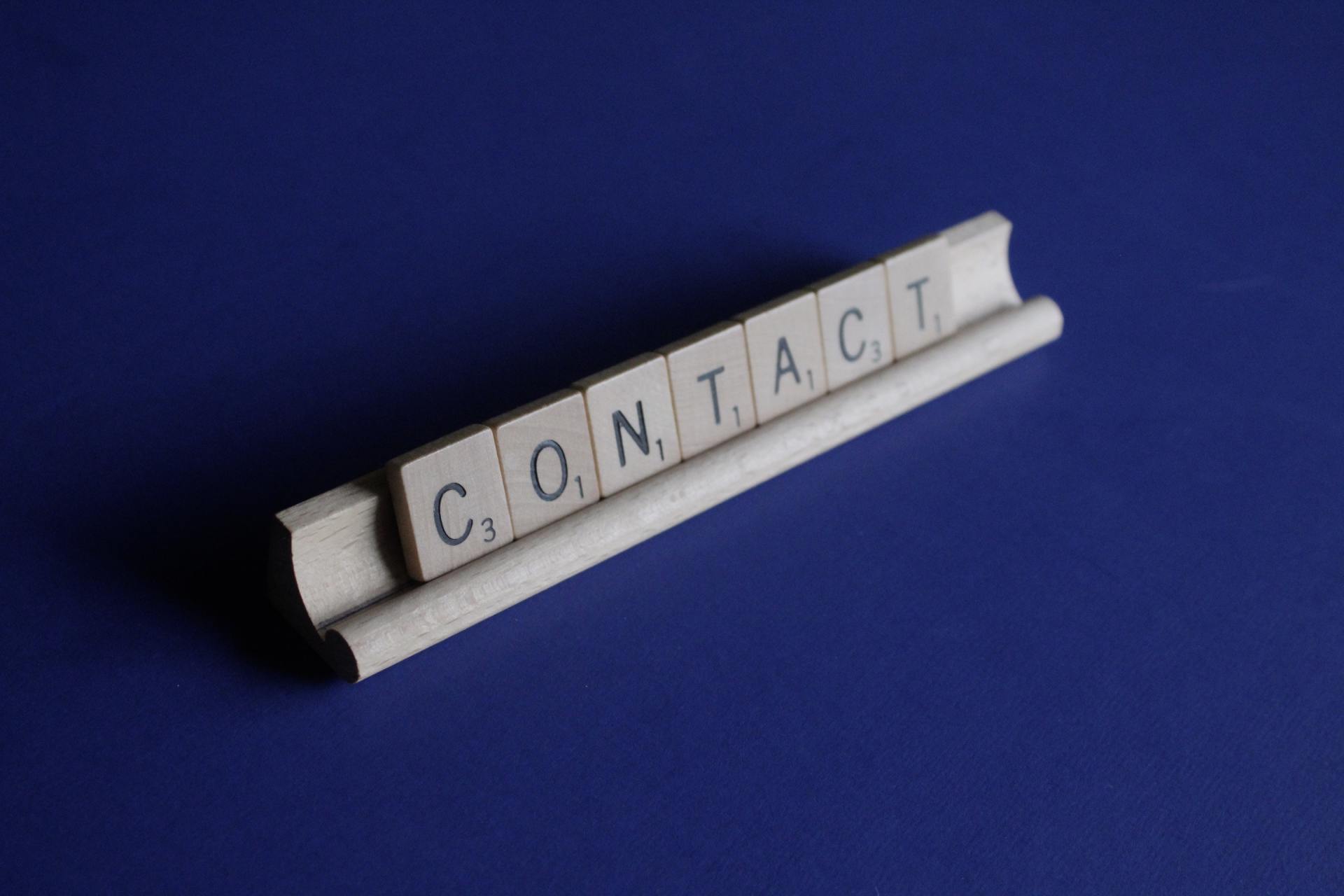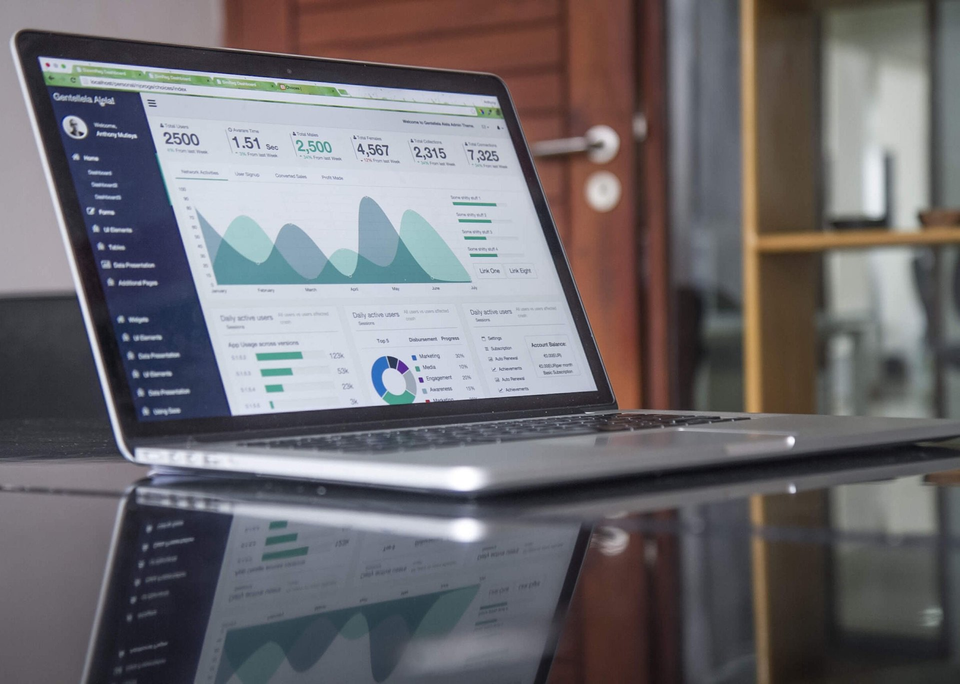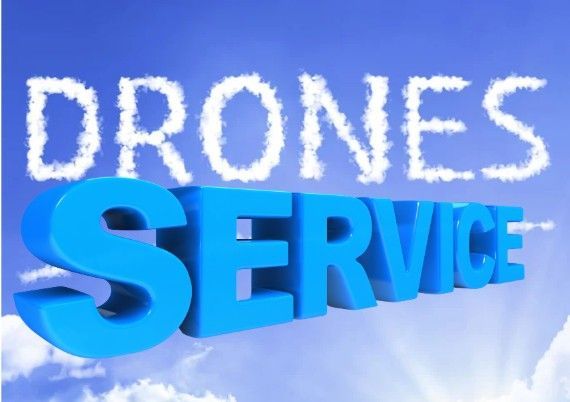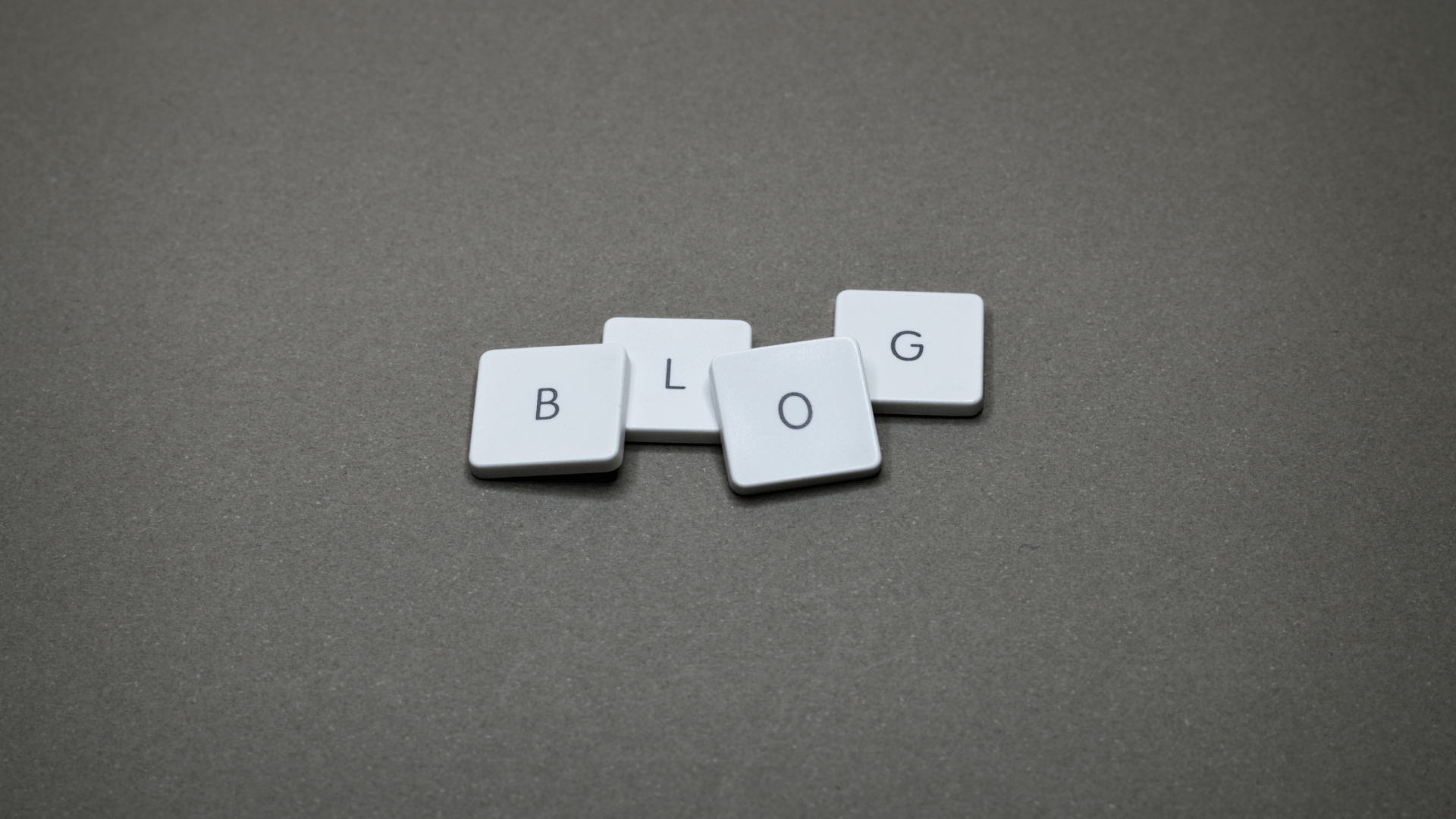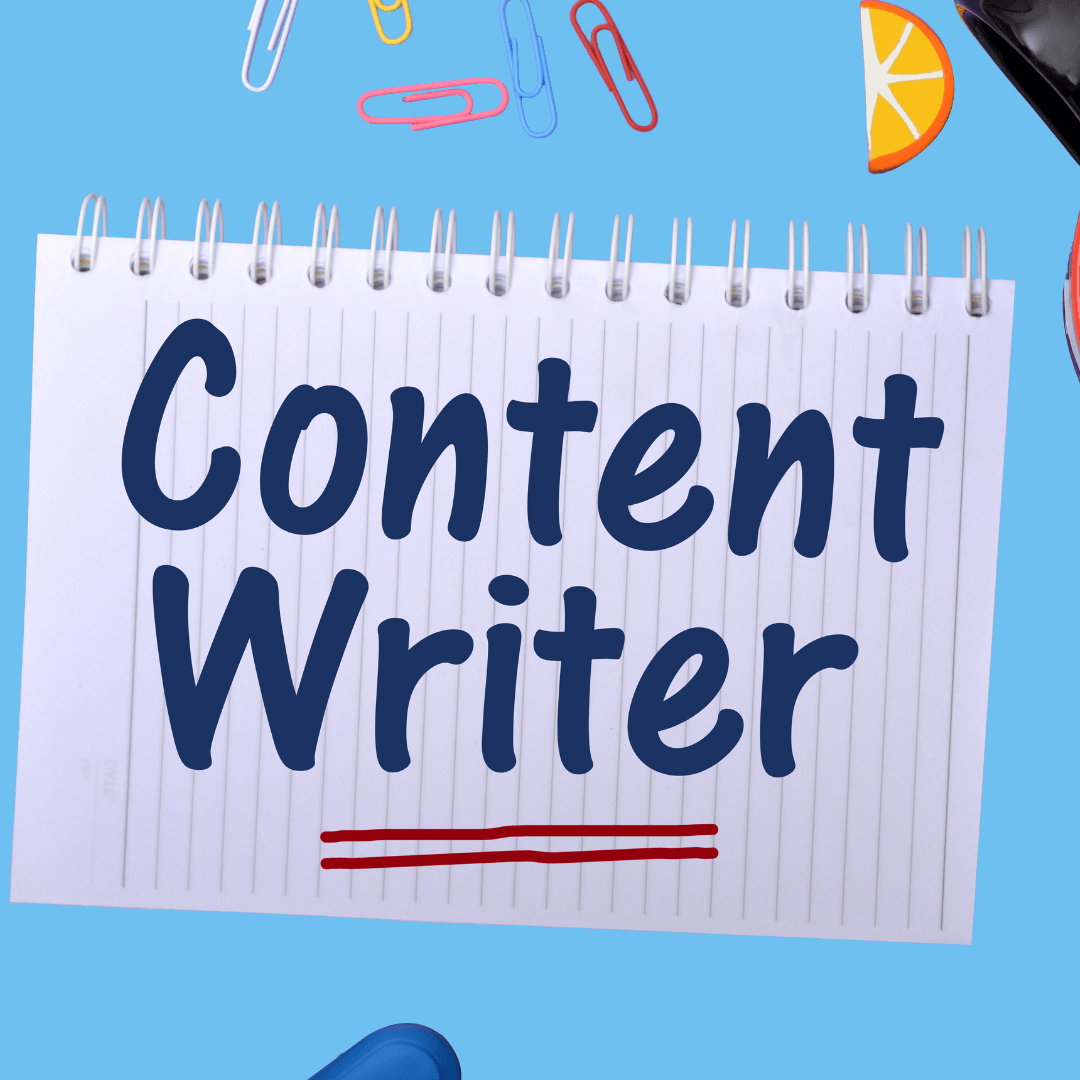Email is still the most efficient way for businesses to reach out to their customers. You can decide which email you want to send, at what time and to whom.
That, in a nutshell, is what Email Marketing Automation is all about.
If you’re the owner of a small business, you might not always have the time and resources to keep track of when your customers have their birthdays, or which of the 700+ customers you have is a dog owner. By incorporating automated email marketing into your communication strategy, you know exactly when to send, what to send and to whom to send.
The use of predefined rules to trigger email messages based on specific actions customers take—or don’t take. Some examples include a welcome email that sends when a customer signs up for a mailing list or a quick reminder that the customer placed something in their cart but never finished checking out. Email automation takes repetitive tasks off your to-do list to free up your time for other valuable tasks, such as responding to customer questions. It can help customers learn more about your brand, encourage them to keep coming back or remind them of why they bought from you in the first place.
If you are a marketer or a business owner, you’d like to stay connected to your customers. Email automation is a powerful tool that lets you send the right message to the right people at the right time.
It's much easier and more cost-effective to sell to an existing customer than to convert a new one, and with automation, you can stay in touch better than ever before. Schedule your messages so that your customers don't go too long without hearing from you—and be sure the copy is relevant to maximize its impact.
An email that reads “Hey, we haven't heard from you in a while... pay us a visit!”
is likely to end up in the trash.
>>>
Compare that to this one:
"Dear Joe, we haven't heard from you in a while, and we wanted to make sure that you heard about our latest offer. The printer you’ve been buying parts for came out with a new model, and it's 20% off! Come check it out."
That's an example of a message that fills a need, which is more likely to bring back a customer.
When you send out an email series manually, the size of your staff limits the number of customers that you can reach. Would you be able to stay on schedule if your customer base suddenly doubled in size? What if it tripled?
Automation makes email marketing scalable. When you've set it up so that your platform sends a message every time someone signs up for your mailing list, you don't have to make sure a staff member is available to do it.
With email automation, customers automatically integrate into your system as soon as they perform any of the actions that you track. Their behavior tells your system what messages to send them next without any additional demands on your limited resources.
In email automation, triggers are used to set on a specific date, event, or contact’s activity that tells your system to send out a related message. You can choose triggers and triggered messages based on your contact’s journey.
Here are a some examples to get you started:
Trigger:
New subscriber
Email:
"Welcome!"
Even if your website is an e-commerce store, many of your first-time visitors won't be ready to make a purchase. If you capture their interest with a “subscribe now” button, what should you do with an email once you have it?
Welcome emails have become like thank you notes after a job interview. There’s no rule that you have to send them, but people notice when you don’t.
74%
of people expect to receive a welcome email when they subscribe to a mailing list.
Welcome messages
get 4 times
more reads and 5 times
more clicks than standard marketing emails.
They generate as much as 320%
more income per email than other promotional messages.
When you get a new subscriber, following up with a warm welcome can help turn new leads into customers without any extra effort.
Trigger:
Cart abandonment
Email:
"Forget something?"
It only takes 1 click
to add an item to your cart, but following through takes more steps. About 70%
of e-commerce shoppers abandon their carts for many reasons, including high shipping costs, having to register for an account, or concerns about the site’s security.
Abandoned cart emails can help you recover lost sales. Once you get to know your audience and write a clear, timely email, you can start recapturing the interest of your shoppers.
Trigger:
New products or promotions
Email:
"Something special for you!"
If you announce every new product release, upgrade, or promotion to every customer, your messages can start to lose their effectiveness.
Email automation helps you avoid this trap because it lets you announce products to particular customers based on their interests. I f you include personalized recommendations in your email campaign, you can increase sales per email opening by an average of 150%.


